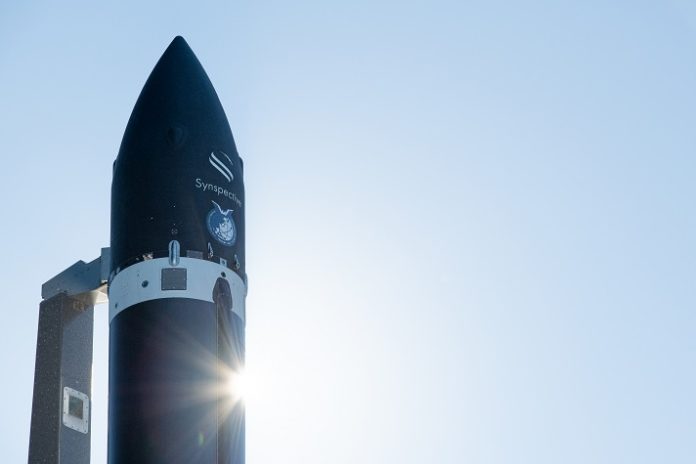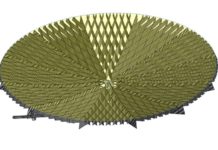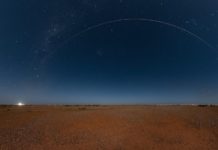In January 2020, Coronavirus spread to the level of a pandemic. At the beginning, nobody knew what was really happening in the world. Very different kinds of information inundated the global news everyday, making it hard to understand what the real danger of the novel threat was. Measures could be given only upon hypothesis, leading many companies to make important decisions almost blindly.
However, a significant change happened by early spring. Different sets of data – such as the number of infected people and available beds at hospitals – were collected, helping governments and companies alike come up with appropriate countermeasures. Multiple measures were tested and refined to combat the crises, aiming to save lives and keep economic activity alive. This was a truly relevant example of data-driven decision-making: keeping measures that were working and discarding and learning from those without the expected impact, learning from collected data. The important factor here is the ability to collect data outside one’s own activity’s boundaries.
Recently, the term “data-driven management” has become very popular.
This trend is underpinned by the advancement in the fields of data science, IoT, and big data management. The result of this combination has turned out to be a great change in the course of society.
For example, various IoT sensors can monitor factory activities and send factory operators maintenance notifications. Another example applies to geolocalization – by analyzing anonymously acquired data from cash registers and smartphone GPS, consumer behavioral patterns can be understood in a timely manner.
However, these analyses can only be conducted within the institution that have access to the data. The reality is that valuable data isn’t often openly available and normally, data sources sit beyond the reach of the economic agents that most need it. In this circumstance, the most reliable way to access data and analyses come in the form of reports from research firms, or statistics published from the national government.
To tackle this lack of readily accessible data, satellites could fill in the gap. Observation satellites orbit, obtaining the entire Earth’s data. In simple terms, it can be said that a satellite is an IoT sensor on orbit. The right use of this collected data may lead to unlocking social and economic insights of relevance for businesses and governments. Occurring outside one’s own company or country, this kind of data has become available recently. By incorporating this new data into business and policy making, we can create significant changes in our life.
In order to get the most out of the retrieved data, advanced technologies such as data science and machine learning come into play. The duality, creative data and analytics (understanding data) are Synspective’s raison d’etre.
Synspective provides one-stop-solutions by satellite gathered geospatial data. The core technology was developed by the ImPACT program led by The Cabinet Office, Government of Japan, building small SAR satellites and constellations, allowing frequent observation of areas of interest (AOI). Synspective uses its satellites to produce SAR data which can be provided to both government and commercial clients as-is, as well as transform that data through AI solutions to produce insights and user-friendly information across industries.
Amid the uncertainties within 2020, Synspective signed a contract with Rocket Lab in April with the aim of launching the first satellite, the StriX-α. The launch took place successfully on December 15th.
And this year we could also officially announce two satellite data solution services.
First, “Land Displacement Monitoring”, a solution service that analyzes wide-area ground movements using satellite data. It is effectively used for understanding the risk of land subsidence and landslides over a wide area, typically areas where it is difficult for people to enter with very limited accessibility for on-site surveys.
Second, “Flood Damage Assessment” was announced in December as an evaluation service for inundation damage (inundation area, inundation depth, damaged roads, damaged buildings) for disaster response. If a disaster occurs, it is necessary to promptly respond in a wide area based on the primary information. Within these circumstances, our solution finds the best scenario to provide primary information on inundation damage assessment and quick decision making.
Along with the development of our solutions, a full-scale business expansion will begin. Starting with this year’s success, we will move tangibly closer towards the attainment of an advanced world, expanding people’s possibilities with new data and technologies.
■ About Synspective’s satellite
Synspective’s SAR satellite technology was initially developed through the “ImPACT” program led by The Cabinet Office, Government of Japan. “StriX-α” is a product of this effort, further developed for commercial use through Synspective and is now the company’s first demonstration satellite.
“StriX-a” is in the 100kg satellites class and about 1/10 of a conventional large SAR satellite. The SAR antenna is five meters long. While folded at launch it deploys in orbit. The StriX satellite constellation can target data with a ground resolution of 1-3m, single polarized (VV), and a swath width of more than 10-30km. The satellite is capable of two observation modes: strip map and sliding spotlight.
We plan to launch the demonstration satellite “StriX-β (Strix Beta)” following StriX-α in 2021. By 2022, Synspective will launch four commercial satellites, aiming to build and operate a system that enables wide-area, high-frequency, ground observation with a constellation of 30 satellites.







